Best Email Marketing Tools for Small Businesses in 2025
- April 24, 2025
- 5:54 pm
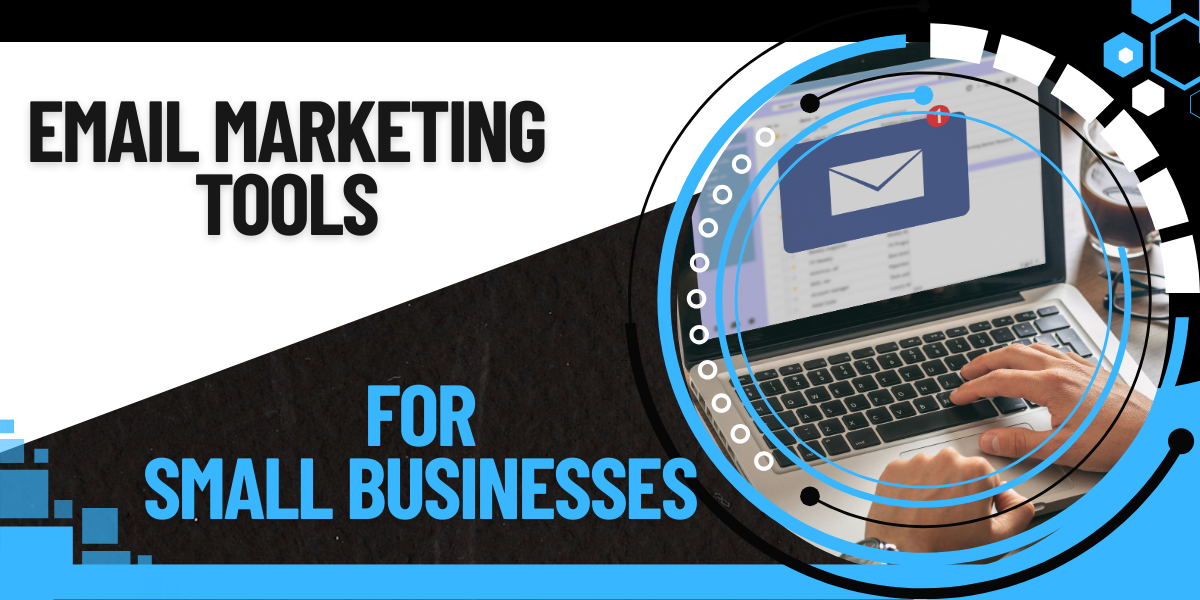
Stop Wasting Time on Overbuilt Email Platforms — Try These 5 That Actually Work
Ever feel like your email marketing software is doing more to slow you down than speed things up?
You’re not alone. Most small business owners and marketers don’t want a bloated, enterprise-style platform packed with features they’ll never use. What they really need are email tools that are fast to learn, simple to use, and powerful where it counts — automation, segmentation, and results.
But too often, platforms promise the world and deliver a maze of settings, tabs, and workflows built for demos, not day-to-day operations. You sign up with hope, and end up buried in a UI that takes longer to master than your actual campaign.
That’s why we’ve done the hard work for you. Below, we break down five email marketing tools that stand out in 2025 — not for being bloated, but for being brilliantly usable. Each one serves a specific type of business, whether you’re a solo founder, a fast-moving team, a service provider, or a creator scaling content and sales.
No hype. No feature charts. Just five tools that actually help you get work done faster — and better.
Table of Content:
- 1. MailerLite – Clean, Fast, and Built for Founders Who Hate Fluff
- 2. ConvertKit (Kit) - Built for Creators Who Turn Content Into Revenue
- 3. ActiveCampaign - For Teams That Treat Automation Like Infrastructure
- 4. Brevo (formerly Sendinblue) - Reliable, Practical, and Surprisingly Multi-Channel
- 5. GetResponse - For Businesses That Launch, Teach, and Sell All in One Place
- Final Thoughts - Choose the Tool That Matches How You Work
1. MailerLite – Clean, Fast, and Built for Founders Who Hate Fluff
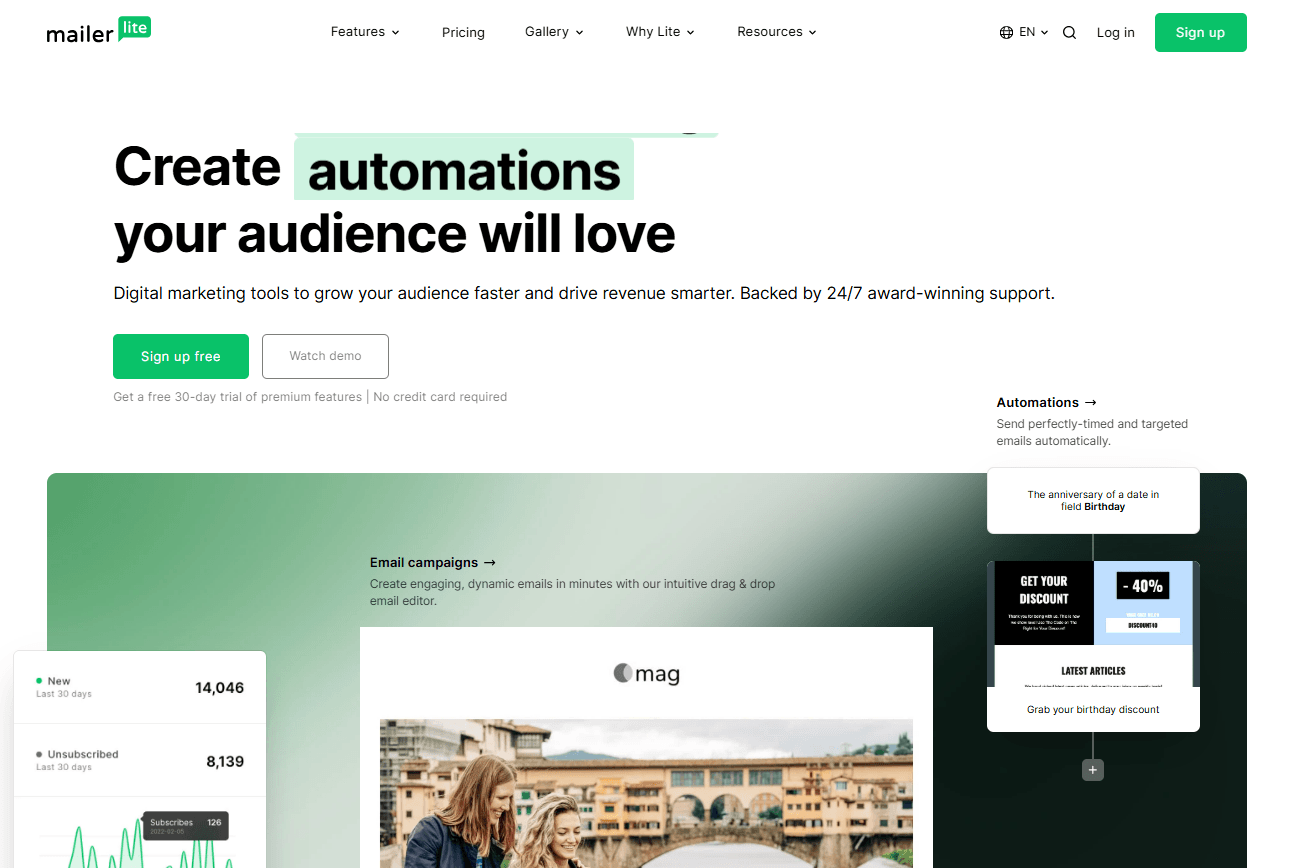
Image: Mailer Lite
Best for: Solo founders, consultants, and lean teams that want clean execution without complexity.
MailerLite focuses on clarity over flash. It’s built for marketers who need to launch effective campaigns without digging through layered settings. The interface is clean, visual, and fast — you’ll get from signup to first campaign in under an hour, even if you’re new to email marketing.
You get essentials like a drag-and-drop editor, workflow automation, segmentation, and A/B testing. But the real power is in how smooth it all feels — you don’t wrestle with the software. Even the automation builder is intuitive, using logic blocks that guide instead of confuse.
It’s especially good for newsletters, product launch emails, or updates that follow user behavior (like link clicks or signups). Need more than just email? MailerLite also includes lightweight landing pages and pop-ups — enough to run lead generation without needing extra tools.
Strengths
- Clean UX — fast setup, zero clutter
- Visual automation builder with behavior triggers
- Reliable inbox delivery (a quiet but critical strength)
- Landing pages, forms, and pop-ups built-in
- Integrates easily with WordPress, Shopify, Zapier, and more
Limitations
- Template variety is limited on the free plan
- Basic analytics — not ideal for deep reporting
- Not a CRM — lacks pipelines or sales tools
Pricing
The free tier covers up to 1,000 subscribers and 12,000 emails/month. Paid plans start at $9/month billed annually, unlocking premium templates, auto-resend, dynamic content, and better support tiers.
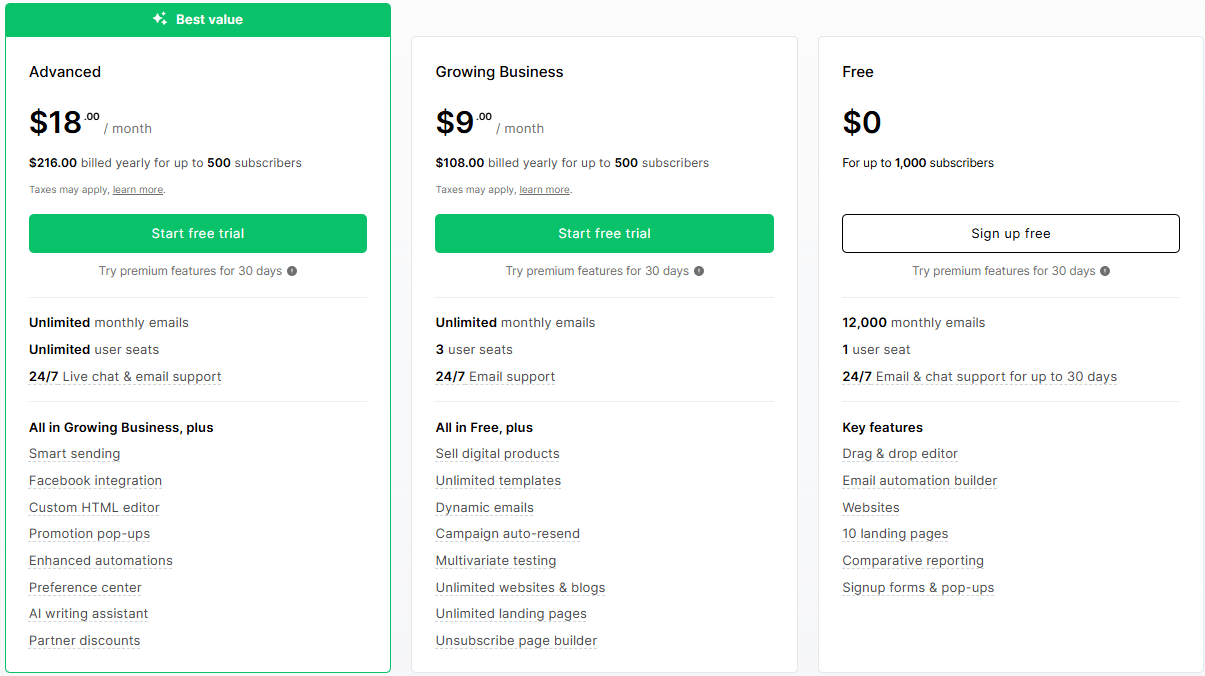
Bottom line: MailerLite is for operators who value function over flash. It won’t give you enterprise complexity — and that’s its biggest advantage.
2. ConvertKit (Kit) - Built for Creators Who Turn Content Into Revenue
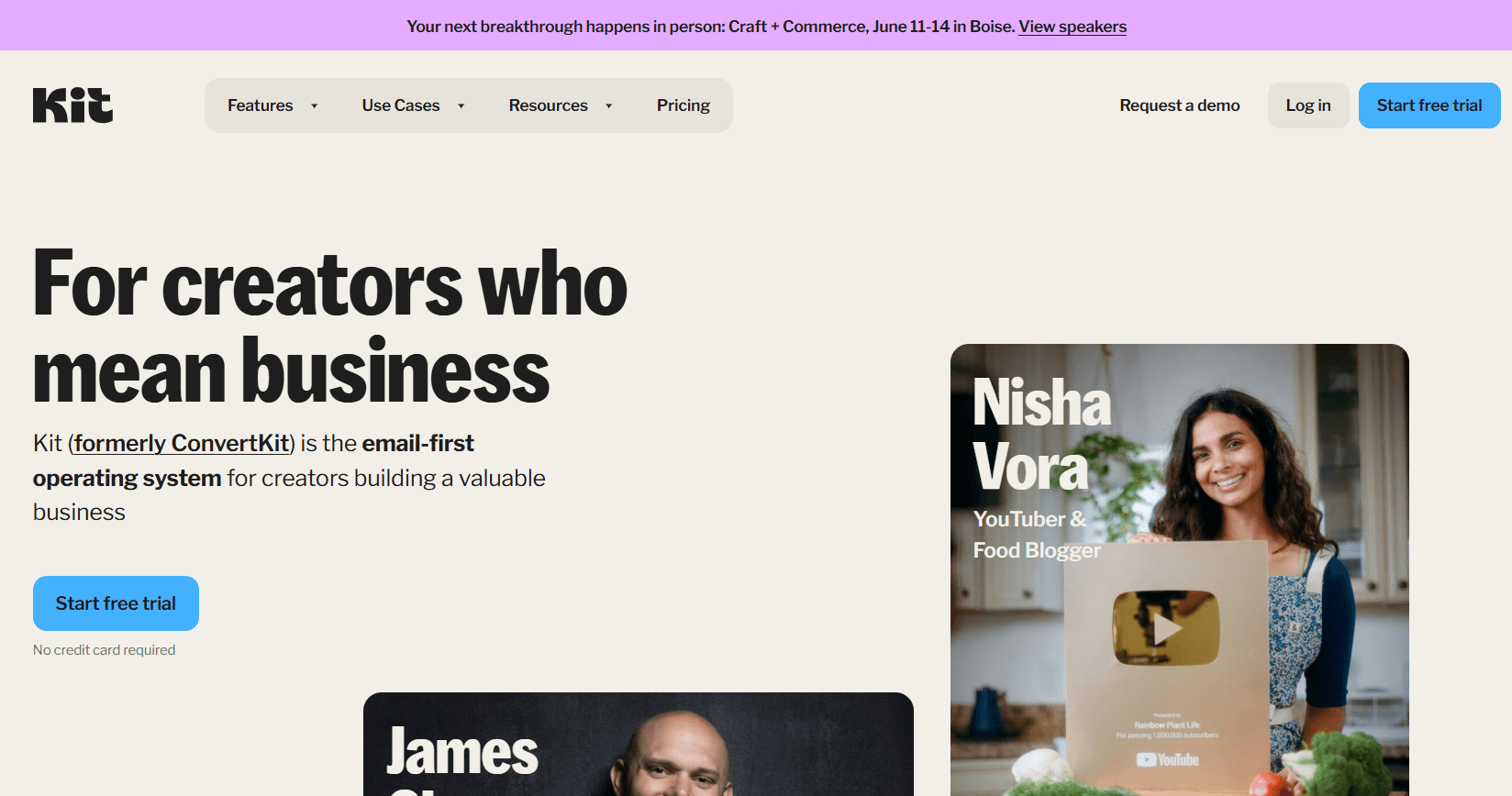
Image: ConvertKit (Kit)
Best for: Writers, educators, course creators, and solopreneurs building an audience-first business.
ConvertKit isn’t just an email tool — it’s a platform designed around the needs of people whose business runs on trust and engagement. From email courses to product drops, everything is streamlined for turning attention into income. If you’re publishing consistently and want email to be the bridge between free content and paid offers, ConvertKit is dialed in for that mission.
Its tagging system is one of the most flexible out there, making it easy to send the right message to the right subscriber — without drowning in list management. The visual automation builder is minimal and focused, letting you map out complex journeys like launch sequences or nurture funnels with zero code.
One standout is the built-in commerce layer. You can sell digital products, subscriptions, or paid newsletters directly through ConvertKit — no separate storefront required. That’s a huge plus for creators who want to simplify their stack and keep everything inside one platform.
Why It Excels
- Tag-based subscriber management tailored for content workflows
- Built-in tools for selling digital products, memberships, and courses
- Unlimited landing pages and opt-in forms, optimized for conversions
- Integrates natively with Teachable, Stripe, Shopify, and Gumroad
- Visual automations that focus on engagement, not complexity
Where It Falls Short
- Template customization is minimal — good structure, but limited styling
- No full CRM — lacks deal tracking or task management for sales
- Pricing jumps significantly from free to Creator Pro tier
Pricing
The free plan supports up to 1,000 subscribers with unlimited broadcasts and landing pages. Paid plans start at $29/month, with the Creator Pro tier at $59/month unlocking advanced analytics, audience scoring, and premium integrations. It’s priced for creators who see email as a core revenue driver — not just a communication channel.
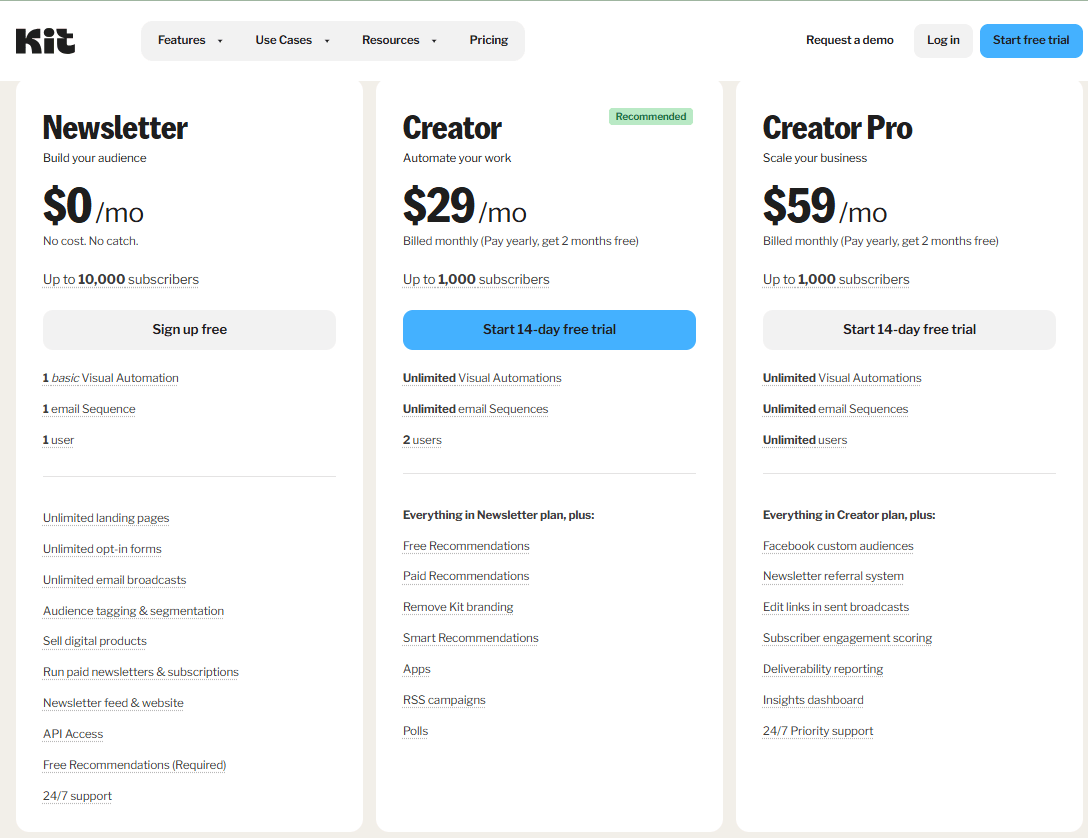
Bottom line: ConvertKit is for people who turn their expertise into digital products — and need email to do more than just send updates. It’s less about mass marketing, more about building a loyal, buying audience over time.
3. ActiveCampaign - For Teams That Treat Automation Like Infrastructure
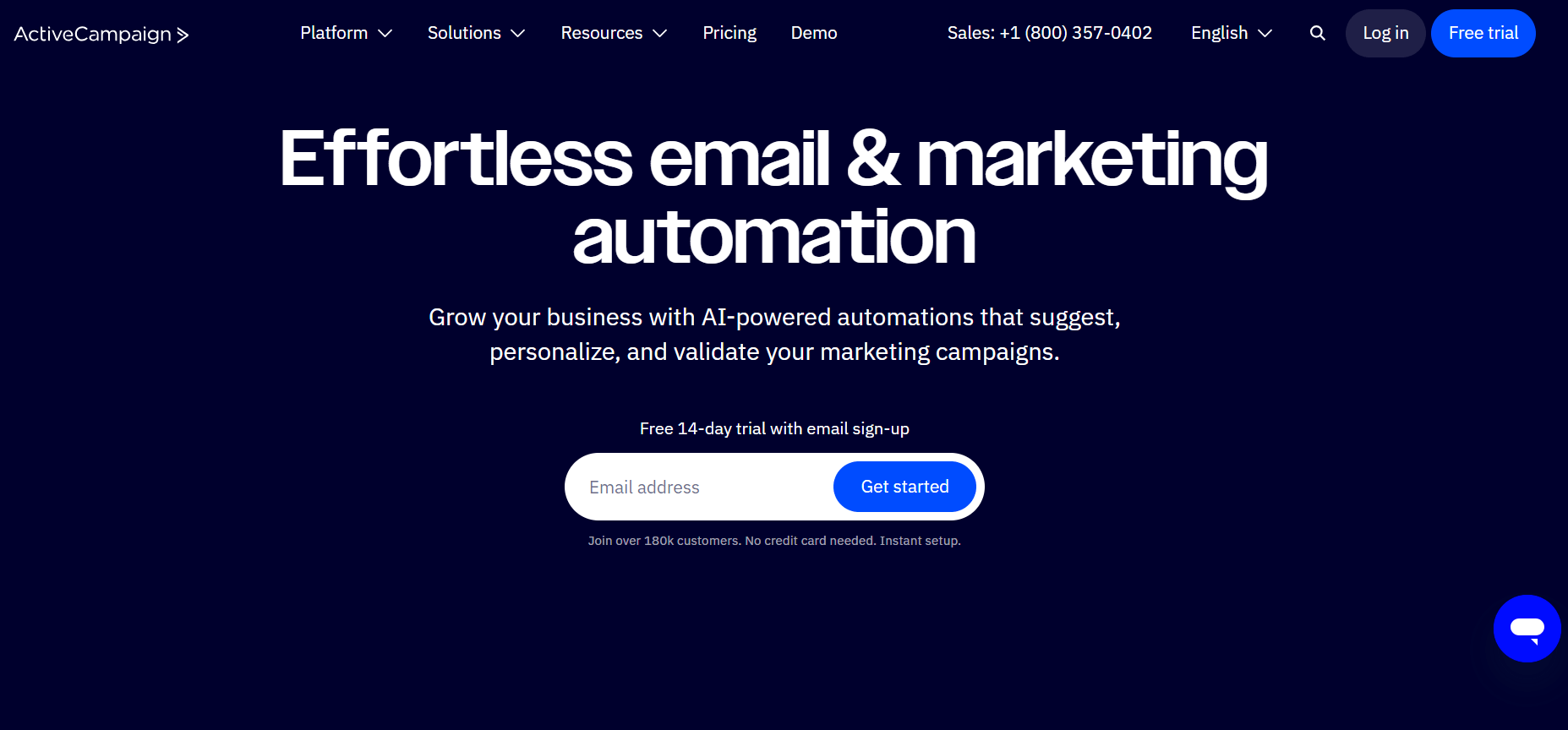
Image: ActiveCampaign
Best for: SaaS companies, B2B marketers, digital agencies, and growing eCommerce brands that need precision across channels.
ActiveCampaign is built for businesses that view email as part of a larger ecosystem — one where customer behavior, lead scoring, sales activity, and multi-step journeys all tie together. It’s a platform that does more than send emails; it orchestrates marketing and sales from one unified hub.
What sets it apart is its deep automation engine. You can create workflows that react in real time — not just to email interactions, but also to site visits, abandoned carts, custom events, or CRM changes. The logic capabilities are virtually unmatched at this price point, giving you total control over timing, triggers, and personalization at scale.
Unlike tools built around broadcasts or newsletters, ActiveCampaign thrives on structure. It’s for teams who map buyer journeys, assign deal stages, and want to automate the entire customer lifecycle — from lead acquisition to retention. And with its built-in CRM, you don’t need to bolt on external systems to keep marketing and sales in sync.
What Makes It Stand Out
- Powerful automations with conditional branching, goal tracking, and split tests
- CRM and email marketing operate in tandem — no integrations needed
- Lead scoring and site tracking feed into dynamic, personalized workflows
- Extensive app ecosystem: integrates with Salesforce, Stripe, WooCommerce, and more
- Supports email, SMS, live chat, and even direct mail from one platform
Trade-Offs to Know
- Initial setup can be complex — best suited for marketers comfortable with workflow logic
- Interface can feel dense if you’re only running basic campaigns
- No free plan — paid access starts from day one
Pricing
Plans begin at $15/month for email-only access and rise with contact volume and feature needs. To unlock CRM, advanced automations, and predictive sending, most teams will start at $49/month (Plus plan). Larger organizations benefit from the Pro and Enterprise tiers, which add attribution, SLA support, custom reporting, and user roles.
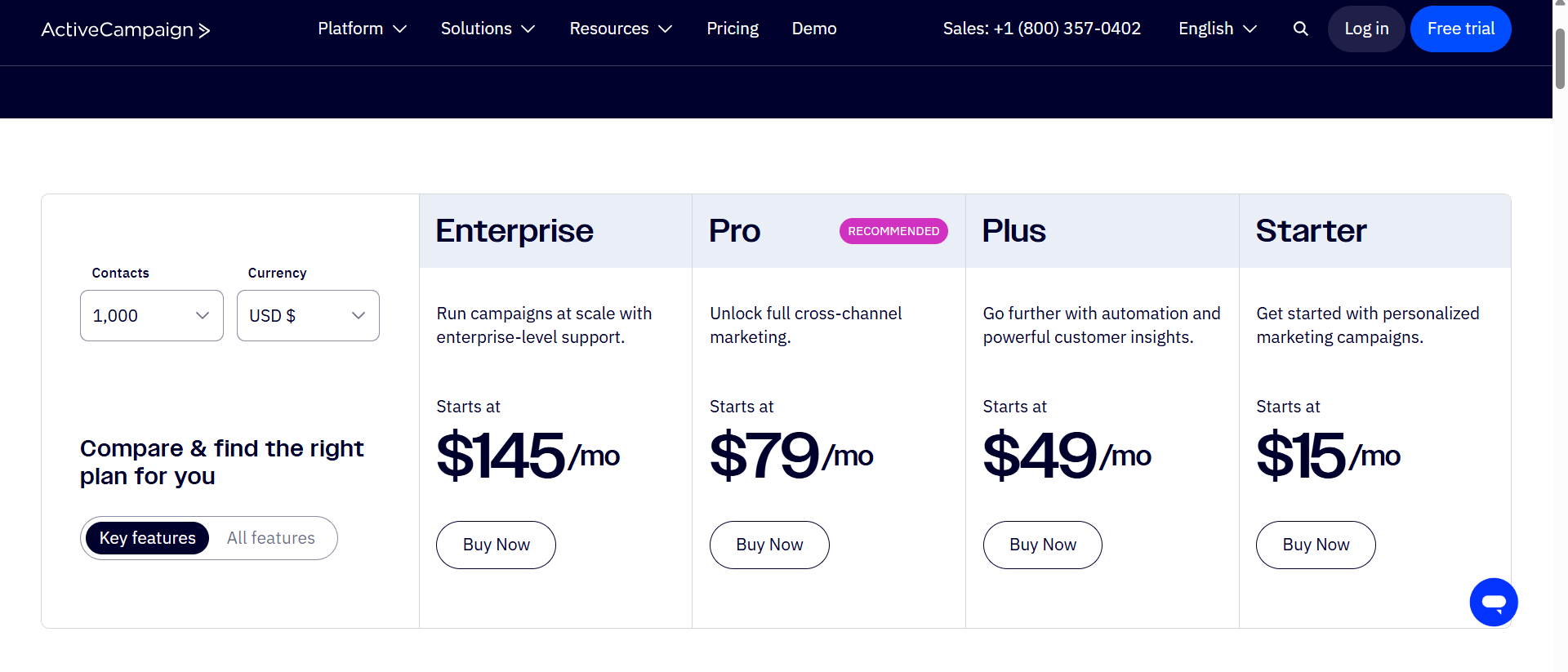
Bottom line: ActiveCampaign isn’t here for newsletters. It’s for companies that want every customer interaction to be trackable, automatable, and aligned with sales outcomes. If you outgrow basic platforms fast, this is the next step up.
4. Brevo (formerly Sendinblue) - Reliable, Practical, and Surprisingly Multi-Channel
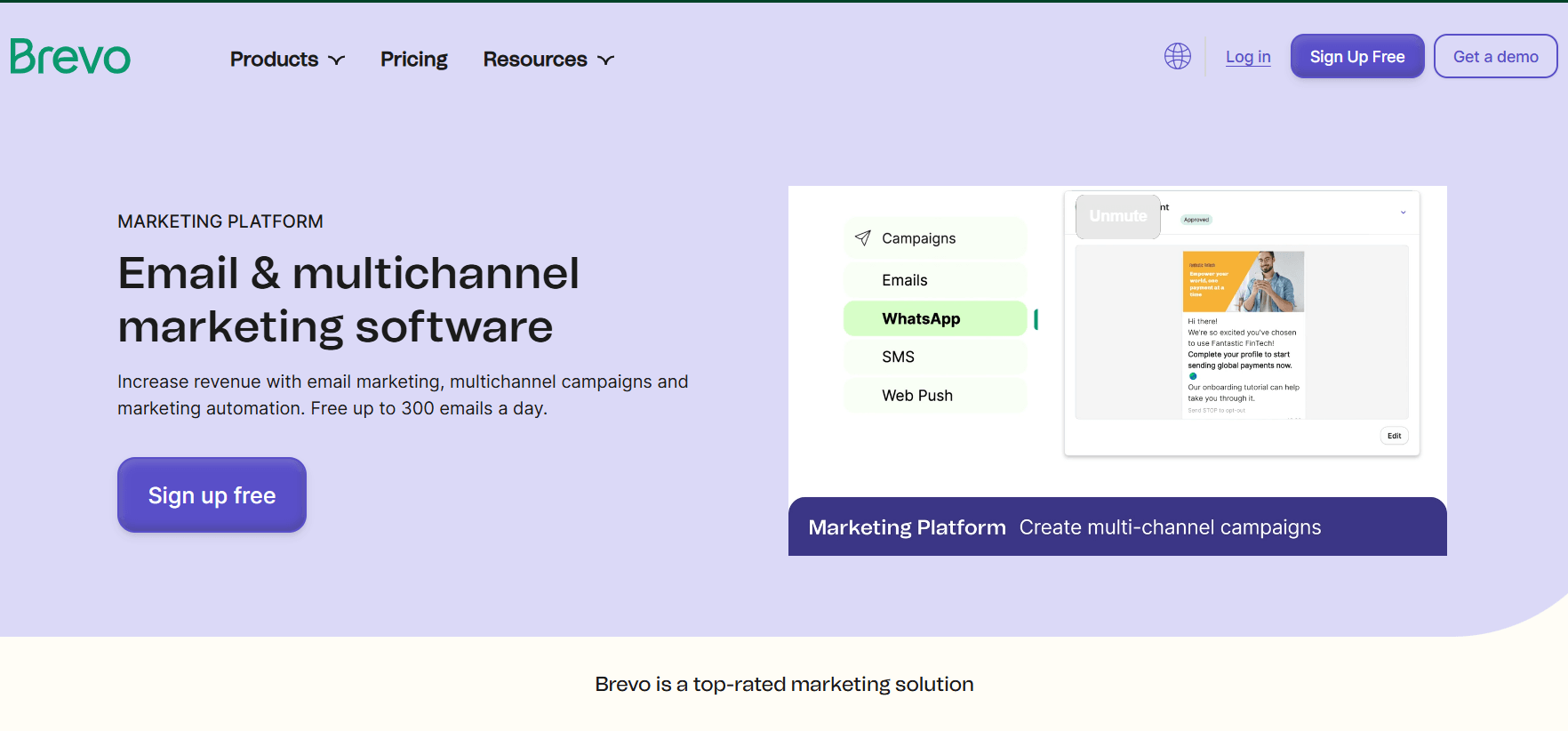
Image: Brevo
Best for: Service providers, local retailers, and growing teams that need consistent communication across email, SMS, and chat.
Brevo (formerly Sendinblue) has quietly evolved from a basic email tool into a well-rounded communication platform. It’s not chasing the “AI-first” hype or stuffing in complex features — instead, it focuses on helping teams stay connected to customers in real, tangible ways.
What makes it different is its native support for multiple channels. Alongside traditional email campaigns, you can run SMS marketing, send WhatsApp messages, use built-in chat on your site, and manage transactional messages — all from one dashboard. That’s powerful if you’re trying to stay top-of-mind across touchpoints without duct-taping four different tools together.
It also includes a simple CRM and pipeline view, making it easier for teams to track conversations, assign deals, and follow up — especially useful for service-based businesses or sales-focused teams who need light CRM functionality but don’t want full Salesforce complexity.
Where It Delivers
- Native support for email, SMS, WhatsApp, and live chat — unified under one login
- Includes transactional email for receipts, confirmations, and alerts
- CRM features let teams assign contacts, track stages, and follow up easily
- Automation tools are visual, approachable, and good enough for 90% of needs
- Solid analytics and campaign tracking — especially at the Business tier
Things to Consider
- Automation builder is limited in logic depth — fine for most, but not built for heavy branching
- Email design feels a step behind newer platforms in visual finesse
- Parts of the interface (template builder, form editor) could use a refresh
Pricing
Brevo is one of the most accessible platforms cost-wise. The Free plan includes 300 emails/day, unlimited contacts, SMS/WhatsApp access, and templates. Paid tiers start at just €7/month for 5,000 monthly emails, removing daily limits.
The Business tier (€15/month) adds automation, A/B testing, predictive send times, landing pages, and multi-user access. Enterprise plans are custom but include SLA support, dedicated infrastructure, and advanced user permissions — useful for teams with compliance or scale needs.
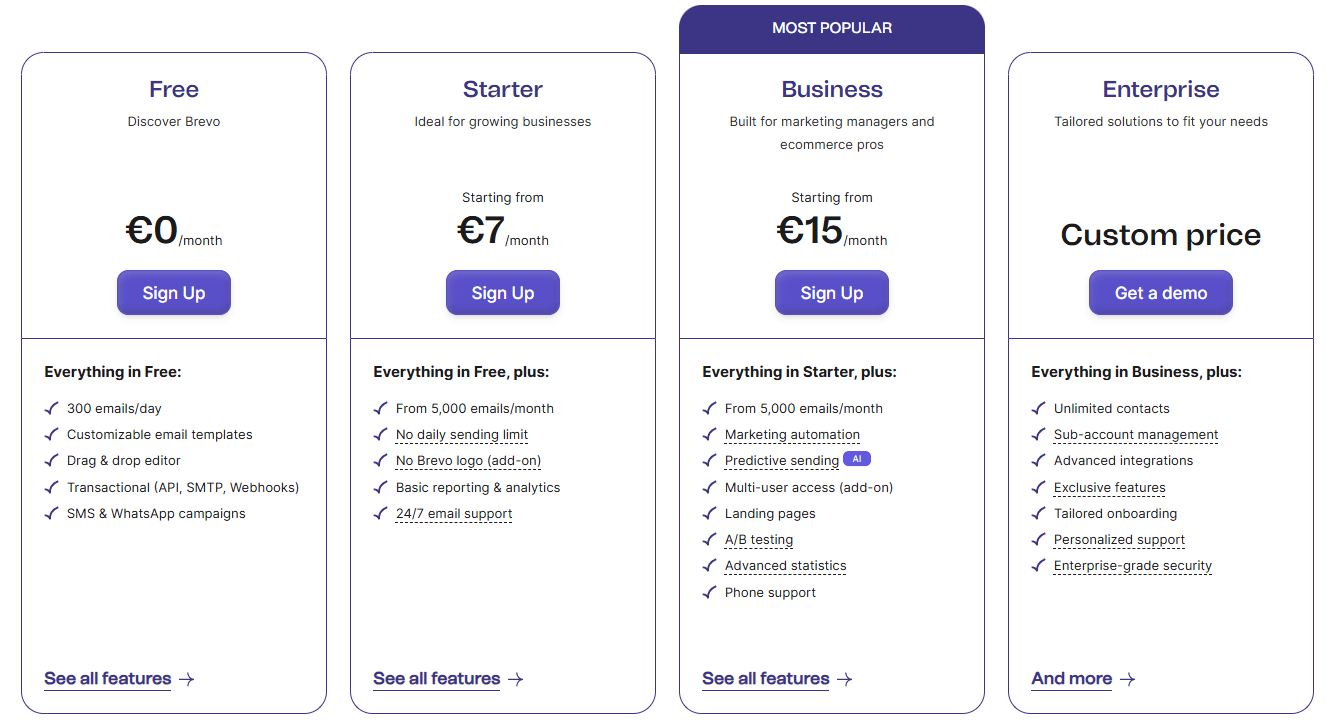
Bottom line: Brevo is about staying visible and responsive — not building sprawling funnels. If your business depends on regular, clear communication and you want fewer tools doing more, it’s a practical and cost-effective choice.
5. GetResponse - For Businesses That Launch, Teach, and Sell All in One Place
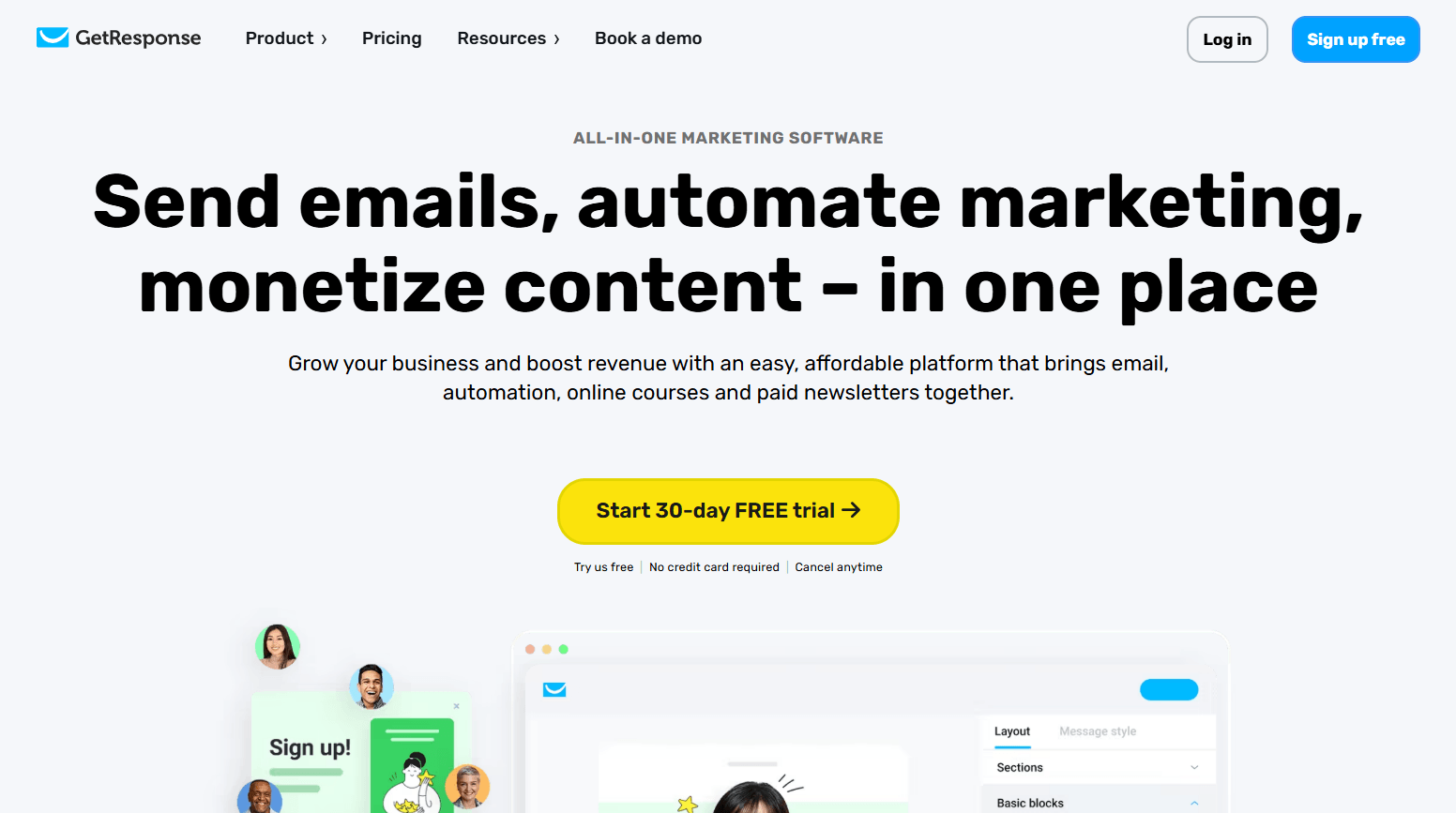
Image: GetResponse
Best for: Product creators, online educators, and businesses blending marketing with digital commerce.
GetResponse stands out not just because of what it offers — but because of how many moving parts it brings under one roof. It’s one of the few email platforms that handles email marketing, webinars, landing pages, funnels, and even course delivery — without needing six separate subscriptions.
For brands that juggle digital product launches, educational content, and automated nurture flows, GetResponse simplifies what would otherwise be a fragmented tech stack. You can host a webinar, run an email campaign tied to it, sell access to a recording, and deliver follow-up content — all from within the same platform.
The automation builder is solid, and the segmentation tools go deeper than most beginner platforms. But where it really excels is in its hybrid approach: it supports both traditional marketing teams and content-driven entrepreneurs without forcing you into one use case.
What Sets It Apart
- Webinar hosting baked into the core platform — ideal for live training, sales events, or Q&A sessions
- Advanced workflows that support multiple entry points and user paths
- Ecommerce features including product catalogs, abandoned cart recovery, and sales funnels
- Built-in tools for course creation and digital product delivery — no external LMS needed
- Scales well with growing contact lists and evolving business models
Where It Might Not Fit
- The interface is dense — switching between features like automation and courses takes some adjustment
- More than a few features may go unused if you don’t need the full suite
- Pricing scales with usage — the more you do, the more it costs
Pricing
Starter plans begin at €16/month, offering email marketing, AI-generated emails, autoresponders, landing pages, and chat support. The Marketer plan (€54/month) adds automation, segmentation, abandoned cart tools, and sales tracking.
The Creator tier (€62/month) targets educators and info-product sellers with AI course generation, student access controls, quizzes, certificates, and mobile tools. Enterprise options are custom-priced for large teams needing advanced control and support.
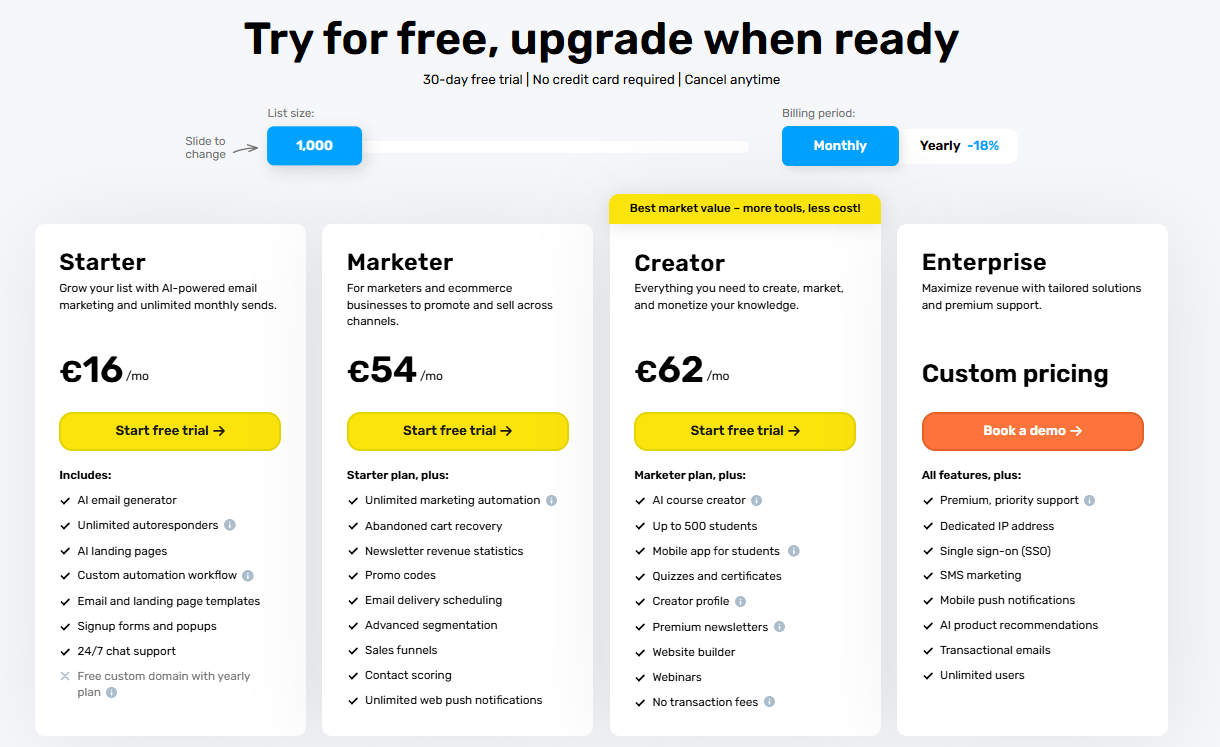
Bottom line: GetResponse is for businesses that treat email as one part of a broader strategy — not just a send button. If you want to streamline how you promote, teach, and sell, it’s one of the few tools that genuinely handles it all.
Final Thoughts - Choose the Tool That Matches How You Work
There’s no one-size-fits-all when it comes to email marketing tools. Some platforms keep things lean and focused, others offer full-stack capabilities for businesses ready to scale. The key isn’t finding the “best” software overall — it’s finding the right fit for your workflow, your goals, and your stage of growth.
- MailerLite is ideal when you want simplicity that doesn’t feel limited — perfect for fast-moving founders and solo marketers.
- ConvertKit wins if you’re a content creator building real audience connection and selling through trust.
- ActiveCampaign is for teams that treat automation and data as foundational — not optional extras.
- Brevo is a practical choice for businesses that prioritize everyday communication across email, SMS, and chat.
- GetResponse is your platform if you blend marketing with education, launches, and digital product sales.
No tool can fix a broken strategy — but the right tool can remove friction, speed up execution, and make growth easier to sustain. Start with what fits your current model. Scale into more when you’re ready. And don’t overpay for features you’ll never use.
Email marketing is evolving fast — with AI, personalization, and multi-channel experiences reshaping what users expect. But success still comes down to clarity, consistency, and connection. Choose a platform that supports those things — and you’ll be set up to grow on your terms.

Dobromir Todorov
ProdigYtal
Digital Marketing Specialist with 10+ years of experience, driving impactful, data-driven growth.